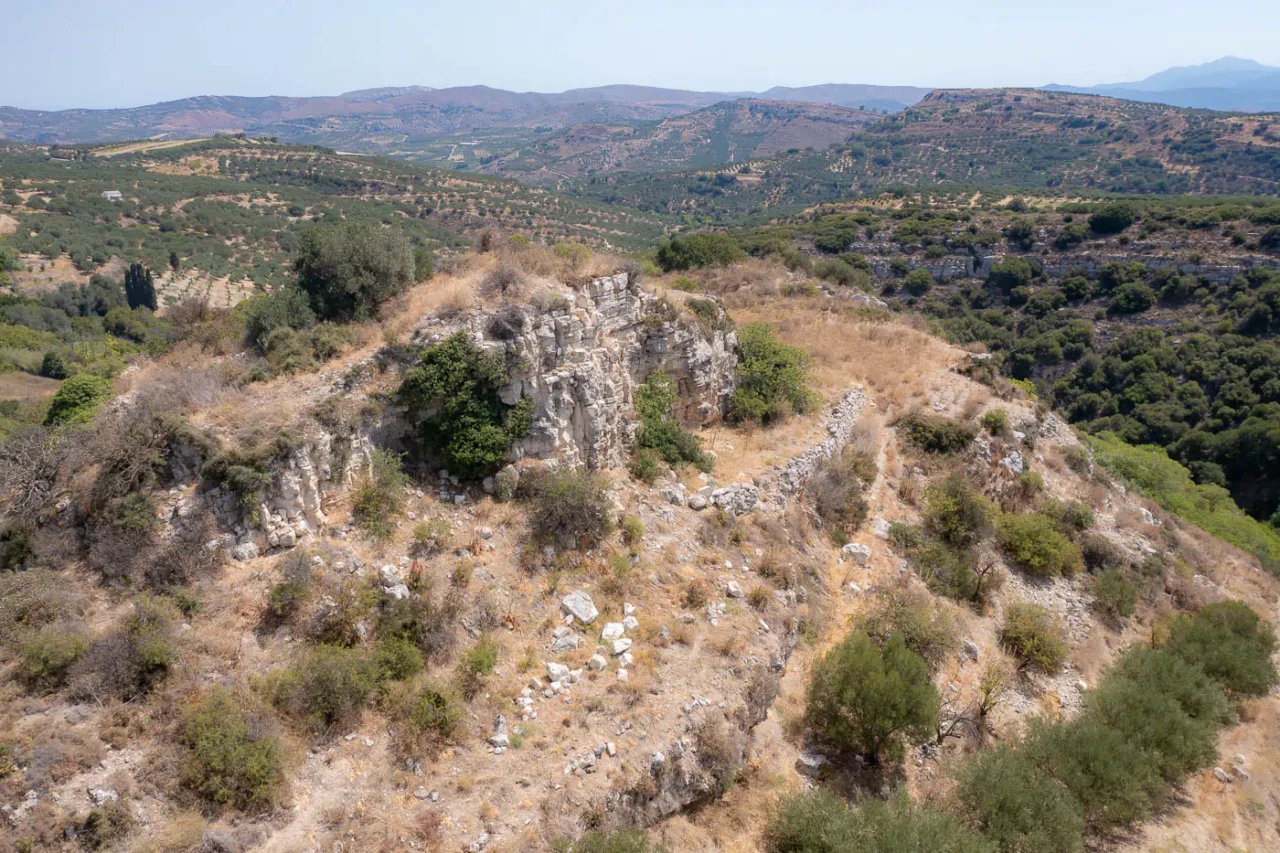
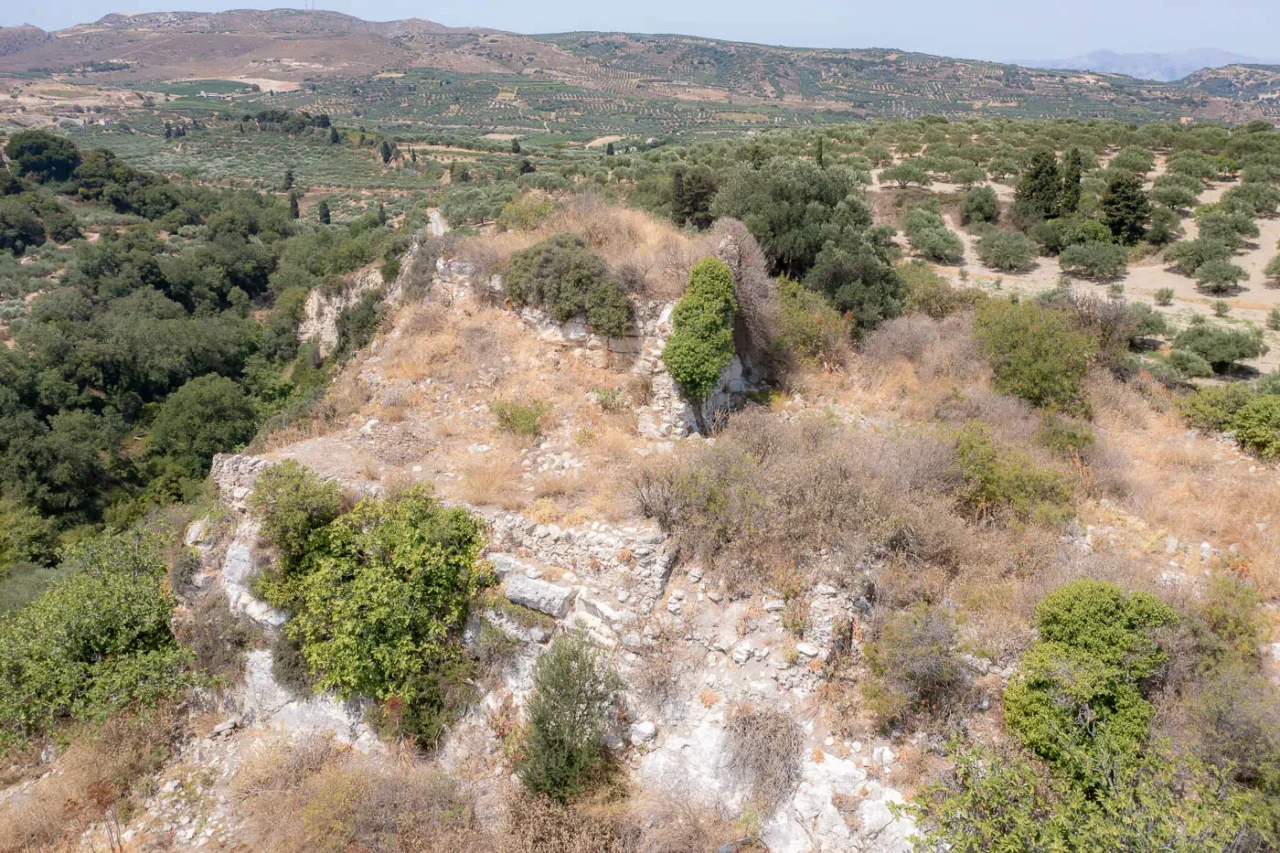
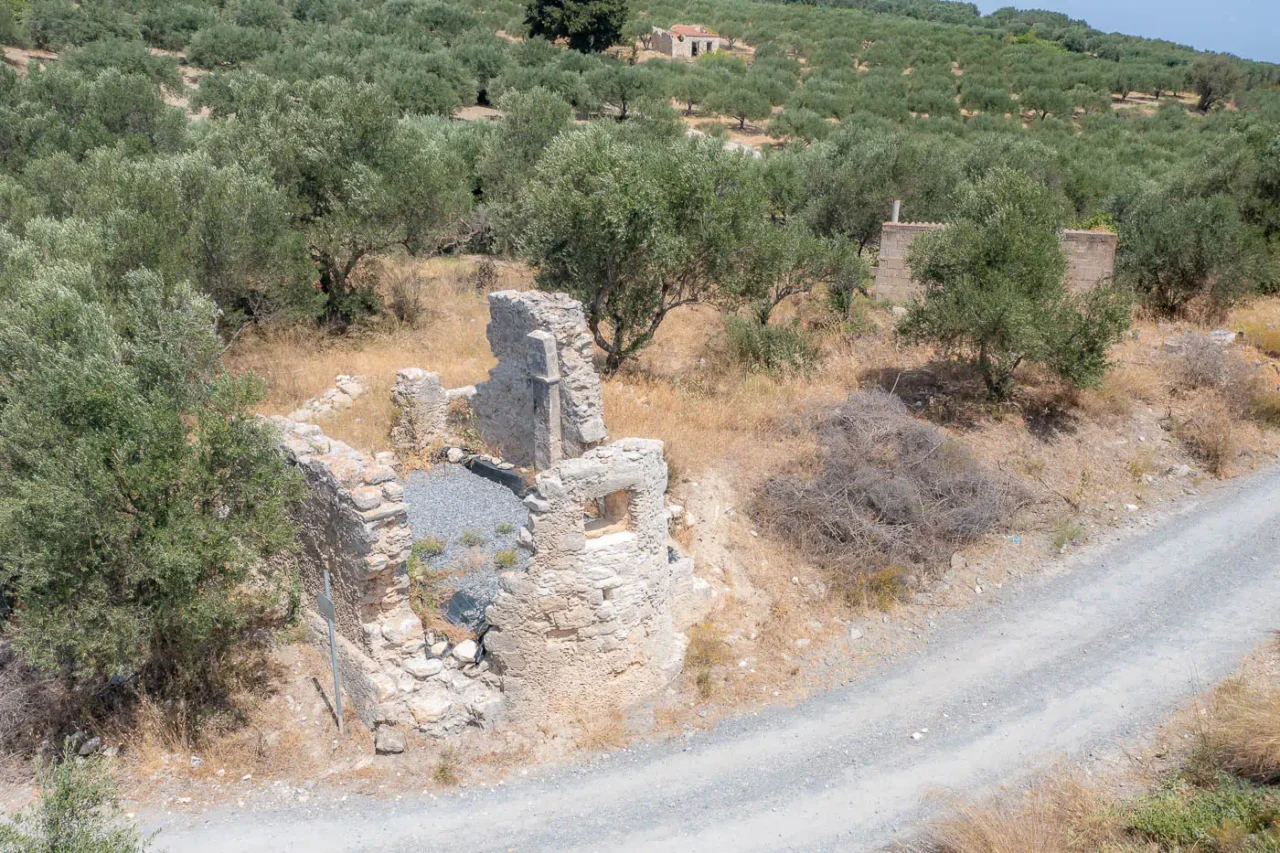
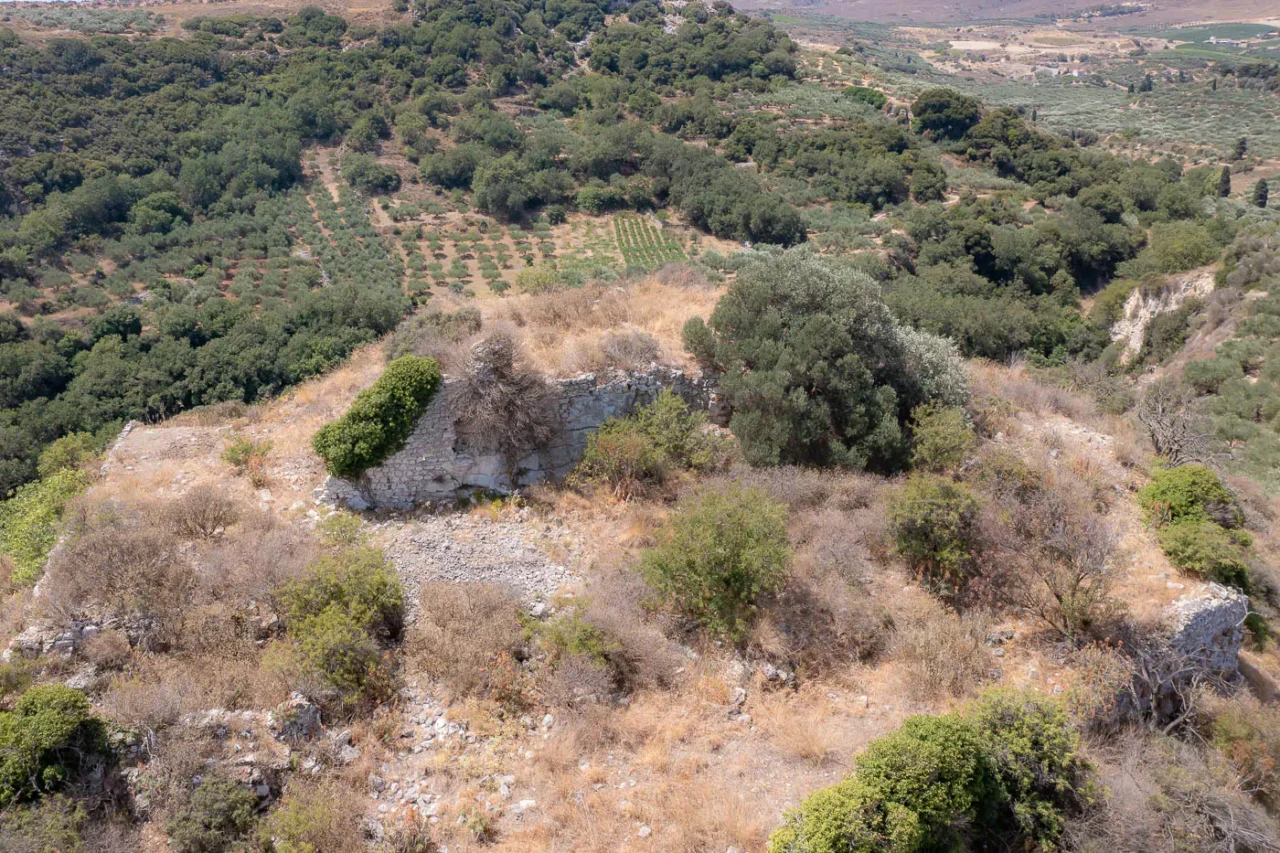
Melesses Fortress: A Byzantine Stronghold in Crete
Located on a hill east of Melesses village in Heraklion, the Melesses Fortress is a stark reminder of Crete’s Byzantine history. While the precise date of its construction remains uncertain, its architectural design and strategic location suggest its key role in the region’s defense during the Byzantine era. Recent studies have also highlighted its importance in controlling a vital trade route connecting Crete’s northern coast to the fertile inland plains, underscoring its economic significance alongside its military function.
Strategic Significance
The fortress’s hilltop position offers a commanding view of the surrounding area, allowing for early detection of potential threats. This vantage point, coupled with its proximity to the Karteros River, made it a crucial component of Crete’s defense network against invaders. The fortress’s control over the trade route further solidified its strategic importance, as it could regulate the flow of goods and people between the coast and the island’s interior.
Architectural Features
The ruins of the Melesses Fortress reveal a well-planned structure designed to withstand attacks. Sturdy stone walls enclose an elongated area divided into several sections. A central tower, likely used for observation and defense, stands as a prominent feature. Other structures within the fortress likely served as living quarters, storage areas, and workshops. Archaeological investigations have uncovered evidence of earlier structures on the site, suggesting a long history of occupation and fortification that may extend back to the Hellenistic period.
Historical Context
The Melesses Fortress was likely part of a network of Byzantine fortifications constructed to protect Crete from Arab raids during the 9th and 10th centuries. Crete’s strategic location in the Mediterranean made it a prime target for invaders, and the fortress played a vital role in safeguarding the island from these threats. The fortress’s continued use and modifications over time attest to its enduring importance throughout the Byzantine era.
Modern Significance
Today, the Melesses Fortress stands as a testament to Crete’s past conflicts and its resilience in the face of adversity. The ruins offer a glimpse into the lives of those who lived and worked within its walls, providing valuable insights into Byzantine military and social structures. The fortress also serves as a reminder of the island’s rich and complex history, inviting further exploration and understanding of its past.
Fortifications: Key Points
- Construction Period: Byzantine era (estimated 9th-10th centuries) with potential evidence of earlier structures
- Location: Hilltop east of Melesses village, Heraklion, Crete
- Dimensions: Elongated structure with a central tower and additional buildings
- Historical Significance: Part of a network of Byzantine fortifications protecting Crete and controlling a strategic trade route
- Current Status: Ruins only, in a state of disrepair
References
- Gigourtakis, Nikos (2004). Byzantine fortifications in Crete during the Second Byzantine period (961-1204). Master’s thesis, Department of History and Archaeology, School of Philosophy.
Ala distixos to exoun paratisi sti tixi tou.!!!!
Access
From the paved road of Melesses, a short distance on earth road is required to reach the fortress and then a short hike to ascend to the fortress.















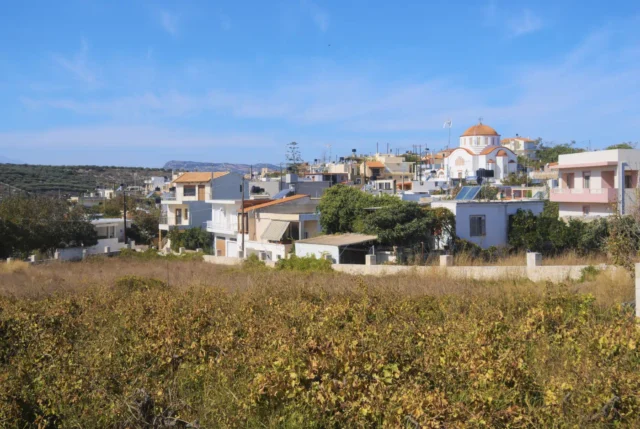

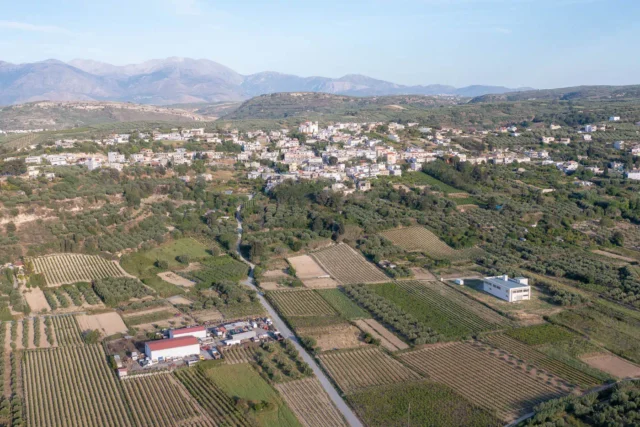

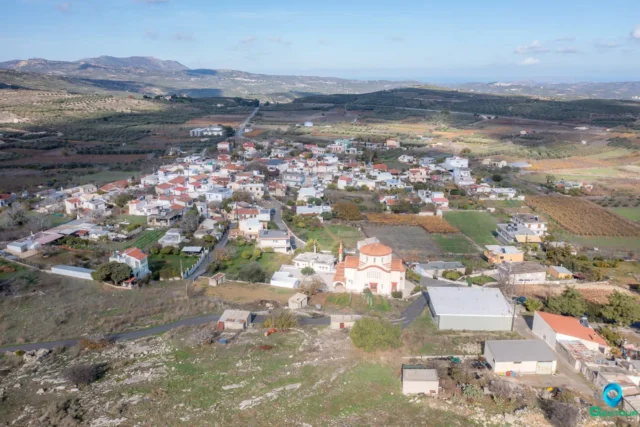
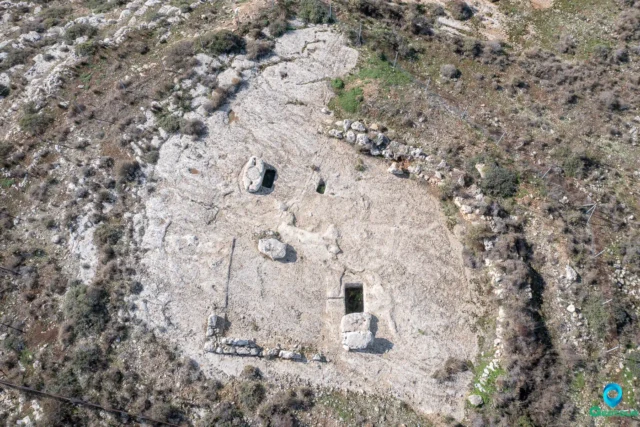
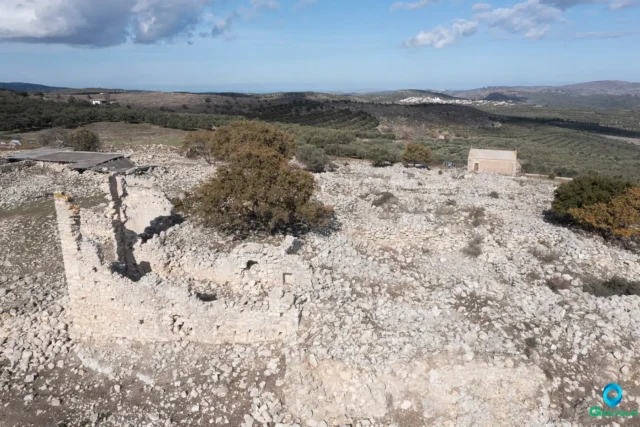

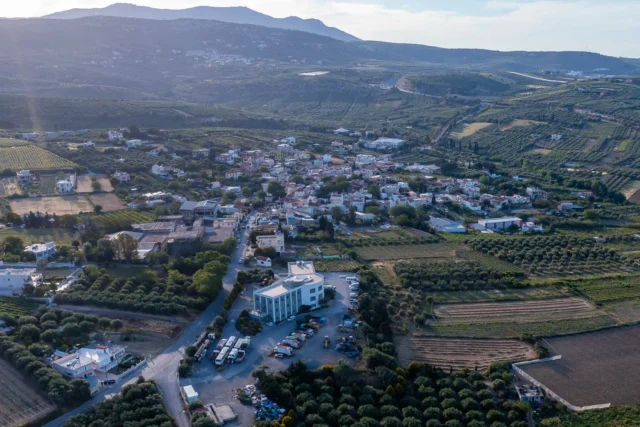

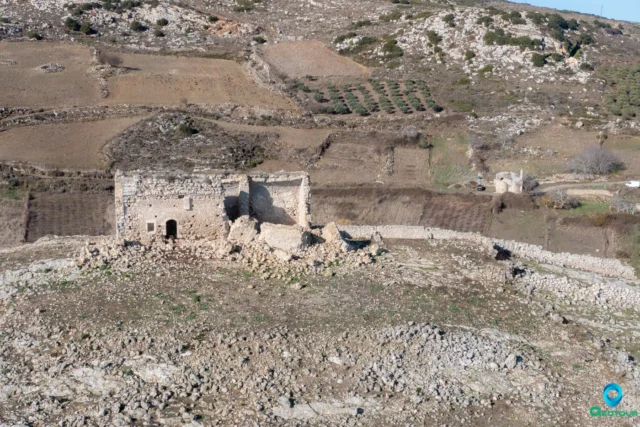
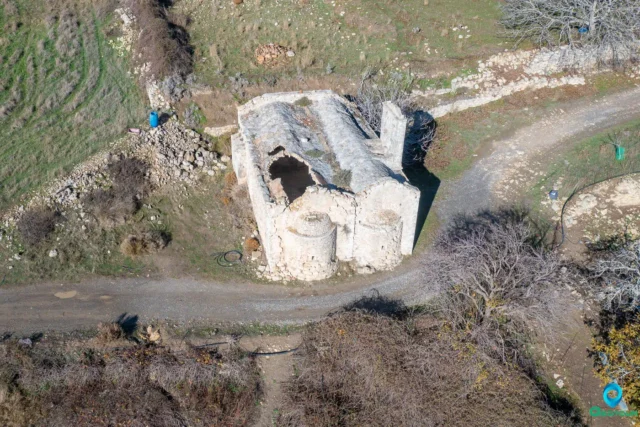

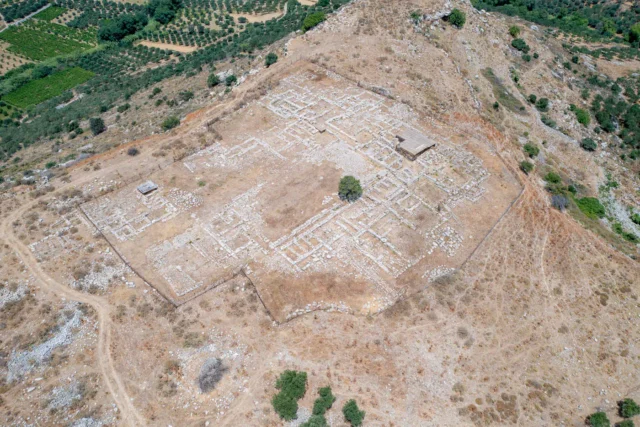
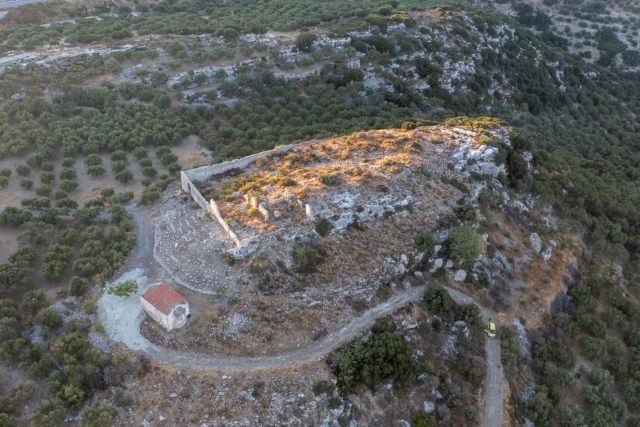
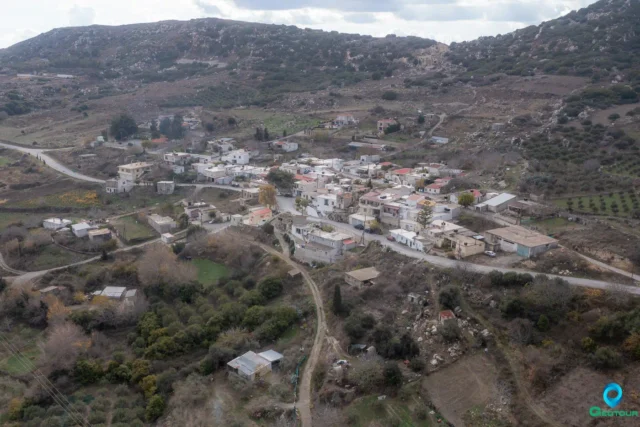
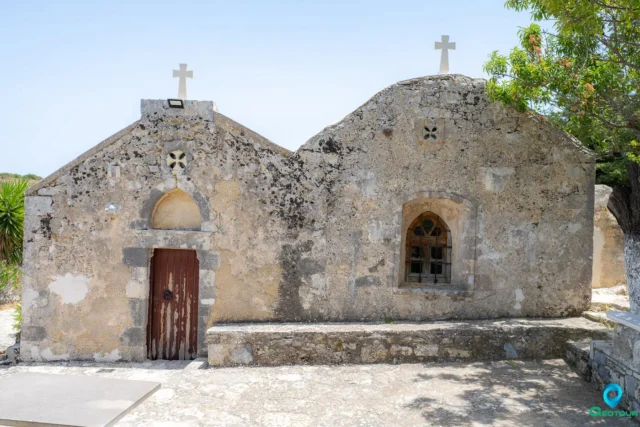
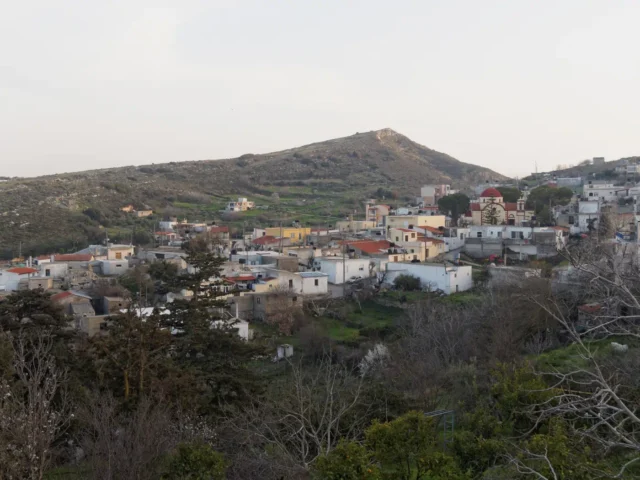
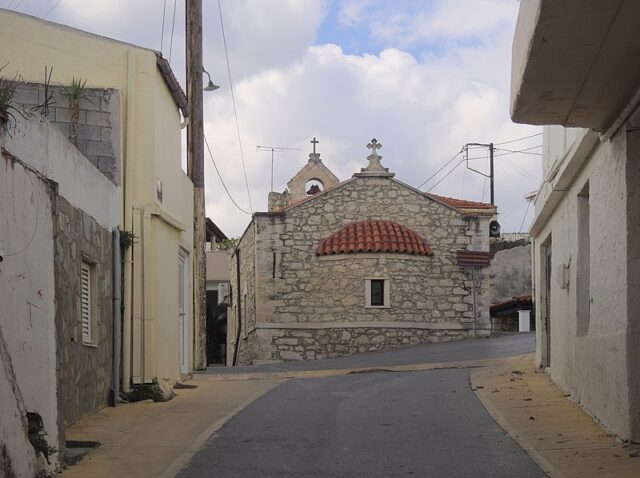

There are no comments yet.